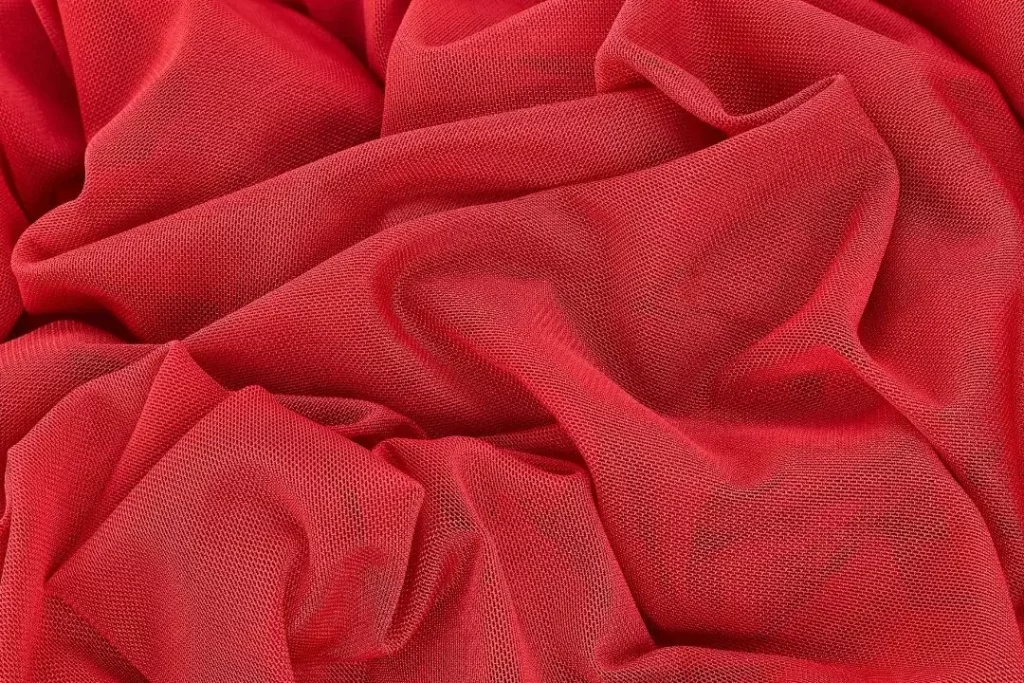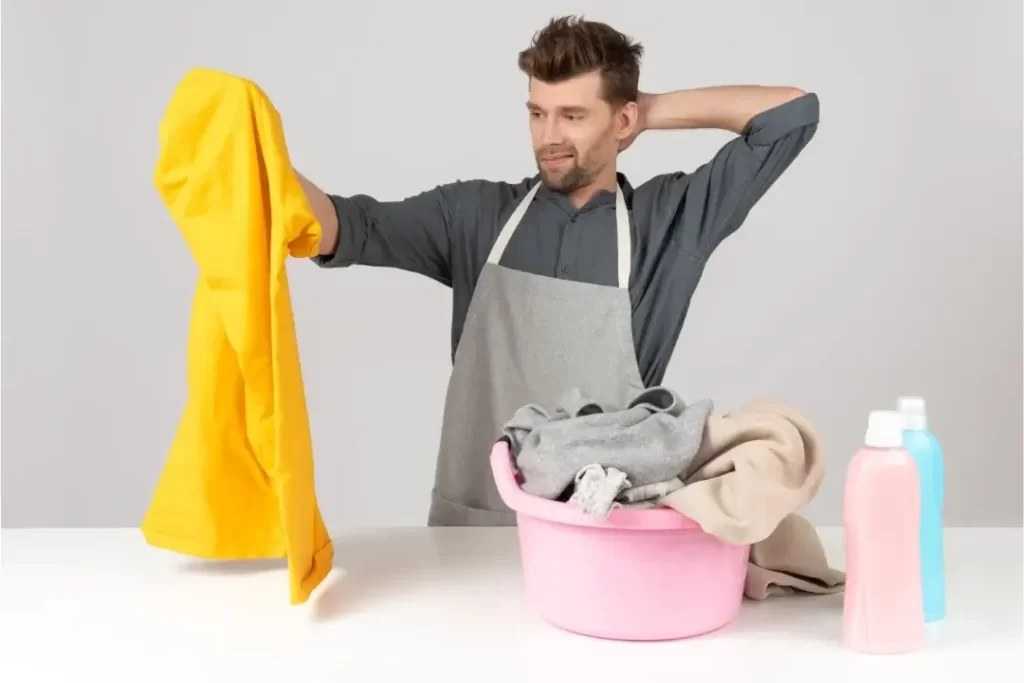Different Types of Denim Fabric
Discover the fascinating world of different types of denim fabric with our inclusive guide Understanding the different types of denim fabric, like raw denim, selvage
From A to Z: A Complete Breakdown of What Is the Pre Production Process in Clothing Manufacturing
As a fashion entrepreneur or industry professional, you know that clothing manufacturing is no walk in the park. With all the moving parts involved, it can be overwhelming to keep up with everything. However, if there’s one aspect of the production process that you absolutely cannot afford to overlook, it’s pre-production.
This phase is where your ideas start to take shape, and every decision you make sets the foundation for the success of your clothing line. From sourcing the perfect materials to creating a prototype that captures your brand’s essence, pre-production truly sets the tone for the entire production process.
That’s why we’ve put together this detailed blog on what is the pre production process. We’ll explain why pre-production is so important for B2B customers and highlight the various stages involved, including concept development, sample creation, and quality control. With our expert guidance, you’ll gain a deep understanding of what is the pre production process looks like and how to navigate it smoothly. We’re here to help ensure that every piece of clothing you create is nothing short of exceptional. So let’s dive into the world of pre-production – your clothing line will thank you for it!
The pre-production process is a series of steps that are taken before the actual production of garments begins. This phase involves several activities, including:
During this stage, designers create sketches, patterns, and technical specifications based on client requirements. It includes approvals from clients and adjusting designs to fit their needs.
The pre-production process involves sourcing and selecting raw materials that will be used in garment production. Quality testing, and finalizing fabrics and accessories are essential decisions that are made during this phase.
This step involves creating patterns based on the approved designs and testing them for fit and comfort. During sampling, different iterations of the garments are created using various fabrics to test the quality and consistency of the final product.
Once the samples are approved by clients and the design and production teams, the final product is ready to move on to production.
Before beginning any clothing line, it's essential to conduct thorough market research to identify trends and gaps in the market. This step involves analyzing consumer behavior, fashion trends, and competition to determine what products are in demand and what can set your brand apart from others.
Once got a clear understanding of your target market, it's time to begin developing your designs. This stage includes creating sketches, selecting color palettes, and deciding on garment styles. It's essential to keep in mind that designs need to be both aesthetically pleasing and functional while also reflecting your brand's unique style and identity.
Choosing the right materials is crucial to the success of your clothing line. This step involves researching the various options available and selecting fabrics that match both the design aesthetic and functional needs of each garment. Consider factors such as durability, comfort, and cost when making your selections.
After completing the design development and material selection steps, it's time to create a tech pack. A tech pack is a detailed document that outlines all the specifications for each garment, including measurements, materials, and construction details. This document serves as a blueprint for the production team to ensure that every garment is produced to the correct specifications.
With the tech pack complete, it's time to create the patterns and samples for each garment. Pattern-making is the process of creating templates for the various pieces of each garment, while sample creation involves producing a prototype of each garment to ensure that it meets the desired fit, feel, and look.
Before moving into full-scale production and further learning about" what is the pre production process," it's essential to finalize all pre-production details, including sourcing suppliers, negotiating contracts, and overseeing production timelines. Attention to detail is important, as this stage is critical to ensuring that the final product meets all quality and cost expectations.
Accurately calculating the cost of production is vital in determining the product’s final retail price and profitability. During this phase, manufacturers must consider several factors that contribute to the overall cost, including:

Costing involves calculating the cost of materials such as fabrics, trims, and accessories.
The cost of labor includes salaries, wages, and other expenses related to production.
This includes costs related to electricity, machinery maintenance, rent, and other overheads.
By considering these factors, manufacturers can accurately determine the product’s cost of production, helping them manage their finances strategically.
Drafting patterns is the process of creating a blueprint of the garment’s design, including all the necessary measurements and details. The pattern is created from scratch based on the technical specifications provided during the design development stage.
During this phase, designers use software to create digital patterns, which are then printed onto paper or cardstock. These digital patterns allow designers to create accurate designs faster and more efficiently.
Once the patterns are drafted, they are tested by creating a sample garment. Sample garments help ensure that the pattern is an accurate representation of the final product.
After pattern making, the next step in the pre-production process is grading for sizes. Grading involves creating a range of sizes based on the original pattern. This ensures that the final product fits customers of different body types and sizes.
Grading can be done manually or using computer software. Manual grading involves scaling the pattern up or down to create different sizes. In contrast, computer software allows for more precise grading by adjusting specific measurements to create the desired size range.
Prototypes are samples of the design that manufacturers create to test the fit, look and feel of the garment. During this phase, manufacturers use the graded patterns to create a sample garment for each size in the range. These prototypes are tested rigorously to ensure they meet the desired quality and design standards.
Quality testing is an essential aspect of sample production. By testing the prototypes, manufacturers can identify and address any issues that may affect the final product’s quality. Manufacturers must take into account several factors during quality testing, including fabric quality, stitching, trims, and overall fit.
Technical documentation is a critical component of the pre-production process in clothing manufacturing. It includes all the technical details needed to produce the final product. The critical elements of technical documentation include:
Effective communication with manufacturers is crucial in the pre-production process of clothing manufacturing. It ensures that all parties involved are aligned and working towards the same goal. The key elements of manufacturer communication include:
Production planning involves preparing for large-scale production of the final product. The key elements of production planning include:

Selecting the right manufacturing partners is vital for a successful production run. Manufacturers must consider various factors when selecting partners, including production capacity, quality standards, pricing, and sustainability practices.
Creating a realistic production timeline and schedule is essential during the planning phase. Manufacturers must consider several factors, including lead times for materials, production capacity, and shipping times. A well-planned schedule ensures that the final product is delivered on time and meets customer demands.
To summarize, the pre-production process is an invaluable stage in clothing manufacturing that necessitates careful planning and execution. what is the pre production process? It’s the crucial stage where your designs transform into exceptional clothing products that cater to customers’ needs. Bear in mind that pre-production is where your masterpiece comes to life, and each phase is critical. Therefore, give it the careful attention that it demands, and trust us – it will yield considerable rewards, leading to long-term profitability and customer satisfaction.
Grading for sizes is the process of creating a range of sizes based on the original pattern to ensure that the final product fits customers of different body types and sizes.
A technical package is a detailed document that outlines all the technical specifications required to manufacture the garment, including information on the fabric, trim, stitching, labels, and packaging.
Effective communication with manufacturers ensures that all parties involved are aligned and working towards the same goal, helping to address any issues or concerns promptly and maintaining open lines of communication throughout the process.
Quality testing is an essential aspect of sample production, helping manufacturers identify and address any issues that may affect the final product’s quality, including factors such as fabric quality, stitching, trims, and overall fit.
Selecting the right manufacturing partners is vital for a successful production run, as manufacturers must consider various factors when selecting partners, including production capacity, quality standards, pricing, and sustainability practices. Choosing the wrong partner definitely leads to delays, quality issues, and cost overruns.
Discover the fascinating world of different types of denim fabric with our inclusive guide Understanding the different types of denim fabric, like raw denim, selvage

Unraveling the Threads: A Comprehensive Guide and Ultimate Comparison between Compression Shorts VS Boxer Briefs Rijiz.co Undergarments are often an afterthought in our busy morning

What Is Mesh Lining In Shorts? Unveiling the Magical Benefits of Mesh Lining in Shorts “Exploring The Truths and Insights Behind Mesh Lining In Shorts”

How to Get Olive Oil Out of Clothes Or Garments? Explore 3 Best Methods And Techniques Rijiz.co Have you ever been cooking up a storm

The Best Fabric for Shorts: How to Choose, Wear, and Care For Your Favorite One Choose The Best Shorts Fabric for Your Summer Comfort: An

8 Most Trendy Types Of Shorts You May Love To Have In 2023 Discover The Amazing Features Of Each Types Of Shorts And Styling Tips
WhatsApp us